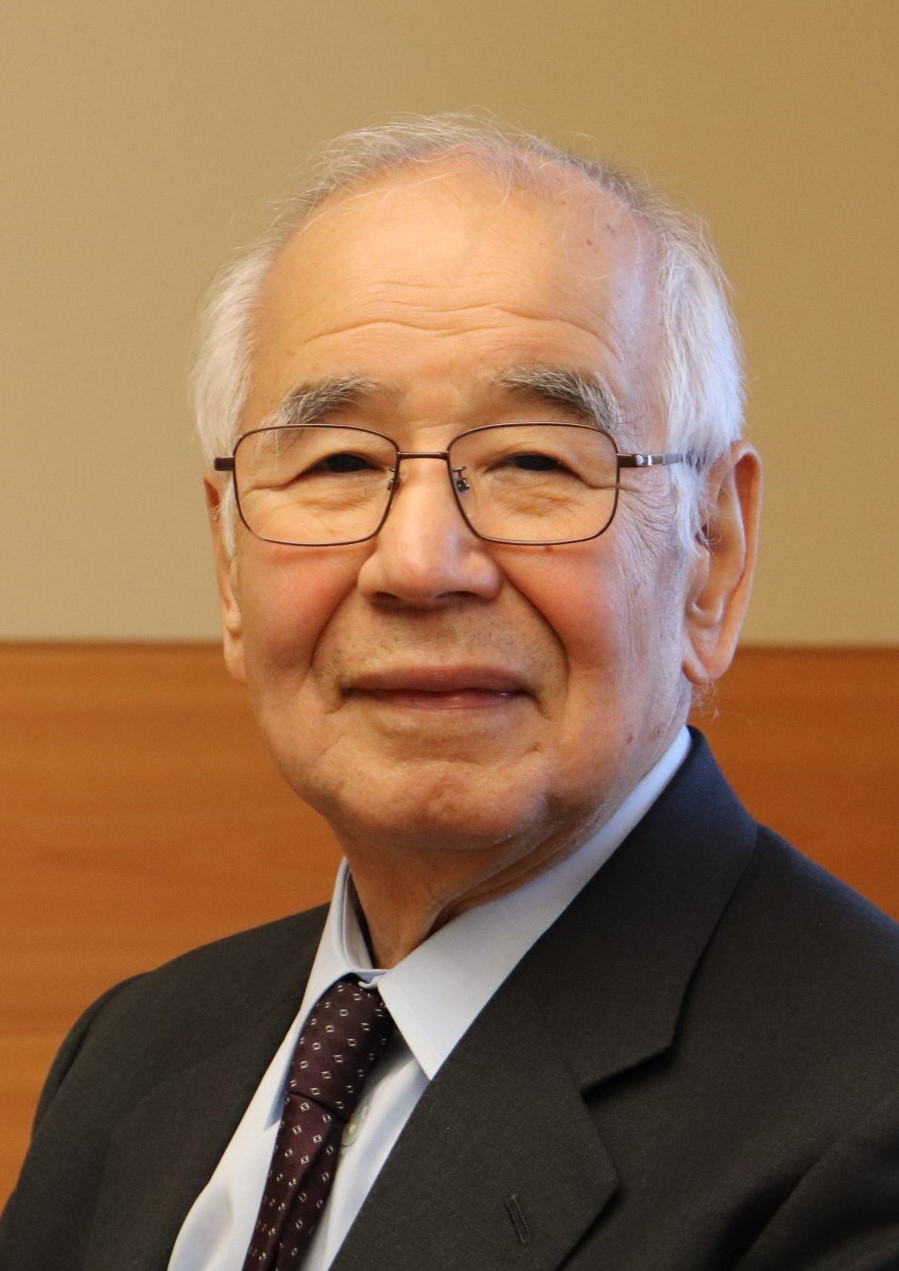

院展の名で親しまれている日本美術院は、明治31年(1898年)、岡倉天心の指導理念のもとに橋本雅邦、横山大観、下村観山、菱田春草など26名の正員によって谷中初音町(現台東区谷中)で開院式を挙げました。天心の理念は、日本文化の伝統を踏まえ、文化財を保護しかつ芸術を奨励して未来に繋げる道を示すものでした。
一時、経営難から研究所を茨城県五浦に移しましたが、大正2年9月2日に天心が逝去すると、翌年の一周忌に大観等によって日本美術院が再興されました。その再興の本旨は「芸術の自由研究を主とする。故に教師なし先輩あり。教習なし研究あり。」と宣言するものでした。それ以来、近代日本画の革新を目指し、創立の精神を軸に研鑽を重ね、独自の発展を遂げてまいりました。在野の研究団体がその芸術活動を120余年に亘って継続し続けた例は、世界的にも稀有なことであります。先人が心血を注いで築き上げてきた輝かしい伝統は、結果として近代日本画の歩みでもあります。
近代日本美術の歴史の中でひときわ光芒を放つ日本美術院の姿を正しく伝えることは、きわめて意義深いものであり、美術界に貢献できるものと確信しております。このホームページを通して、日本美術院の活動の今を広くお伝えすることが出来ましたなら幸いです。今後とも皆さまの支援、ご鞭撻をお願い申し上げます。
Greetings from the President of the Nihon Bijutsuin
Nihon Bijutsuin (Japan Art Institute) is familiar to many as “Inten,” the name of the biannual painting exhibits which it organizes and promotes.
Nihon Bijutsuin was founded in 1898 under the primary guidance of Okakura Tenshin, based on his philosophy and ideals. He promoted respect for Japanese cultural traditions (and the importance of preserving cultural properties) but also sought a path to the future by encouraging new developments in Japanese art. Other artists who joined Tenshin and helped him to establish the organization included Hashimoto Gaho, Yokoyama Taikan, Shimomura Kanzan, and Hishida Shunso. There were 26 founding members altogether, including Tenshin.
Nihon Bijutsuin was first located in Yanaka Hatsune-cho (now Yanaka, Taito-ku), near Ueno Park in Tokyo. After suffering from a period of financial difficulties, it moved to Izura in Ibaraki prefecture for a number of years. In 1913, Tenshin passed away, and the organization became dormant. In 1914, on the first anniversary of Tenshin’s death, Taikan and others led a “Revival” of Nihon Bijutsuin, re-establishing its goals: free and open research into art, therefore having no teachers, just older experienced artists serving as mentors to younger artists; and no formal instruction or classes, only studies and artistic experimentation .
Ever since, Nihon Bijutsuin has continued to develop its own unique path, achieving successful results by hewing close to its original founding principles while also striving for reform and innovation within modern Nihonga. That an independent arts-related research organization, entirely outside official channels of power and government support, has been able to continue its activities for more than 120 years, is a remarkable feat, rarely seen elsewhere. The organization has a brilliant history, built up over time by our predecessors who poured their hearts and souls into it. The history of Nihon Bijutsuin reflects (because it has deeply influenced) the development of modern Nihonga itself.
The activities of Nihon Bijutsuin shine a remarkable beam of light on the development of modern art in Japan, so I believe it is of great significance to accurately convey to others what we do. I trust that this web site will help to spread awareness of our current activities and of our ongoing contribution to the art world.
We ask for your continued support and encouragement, in the years to come.
Translation: Joy Yonebayashi